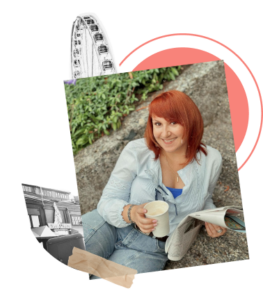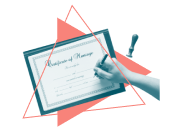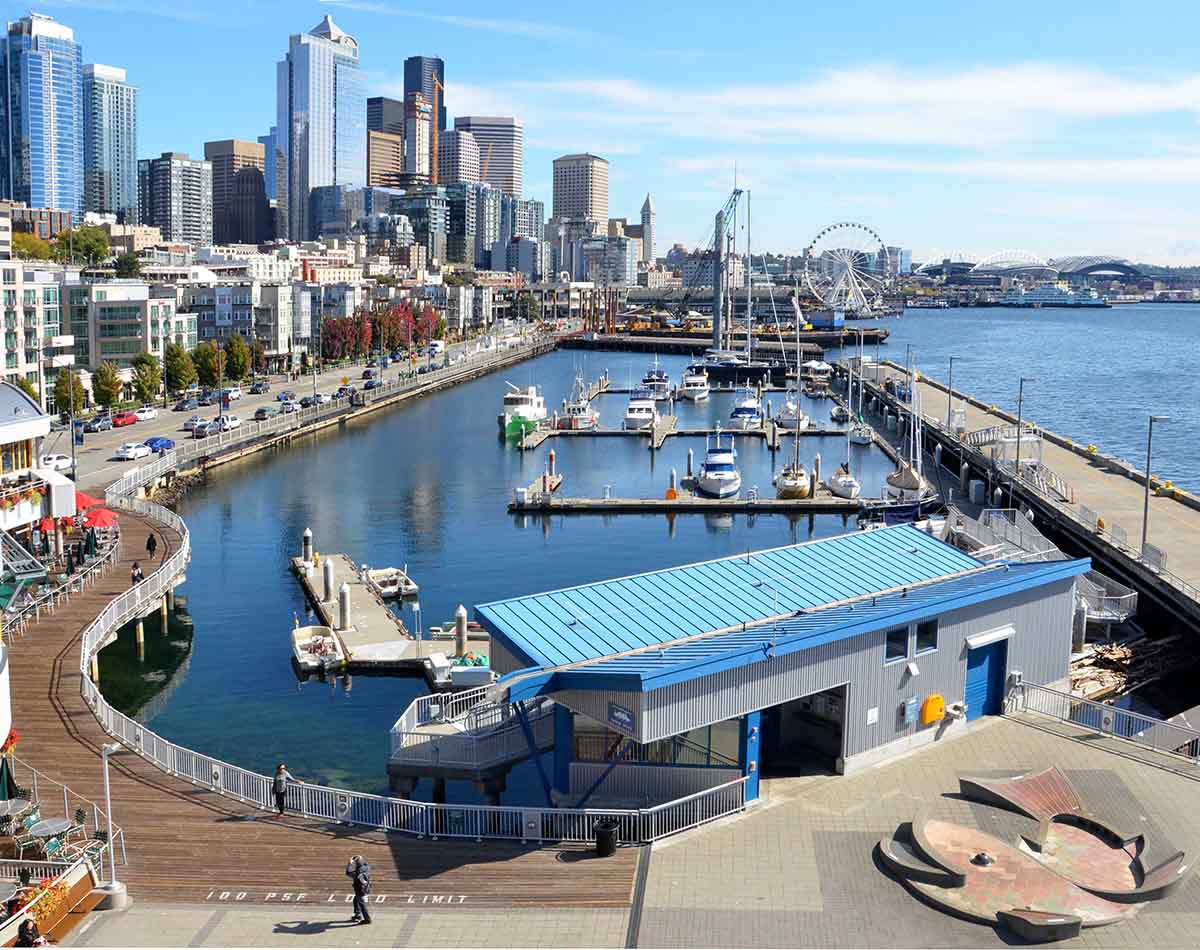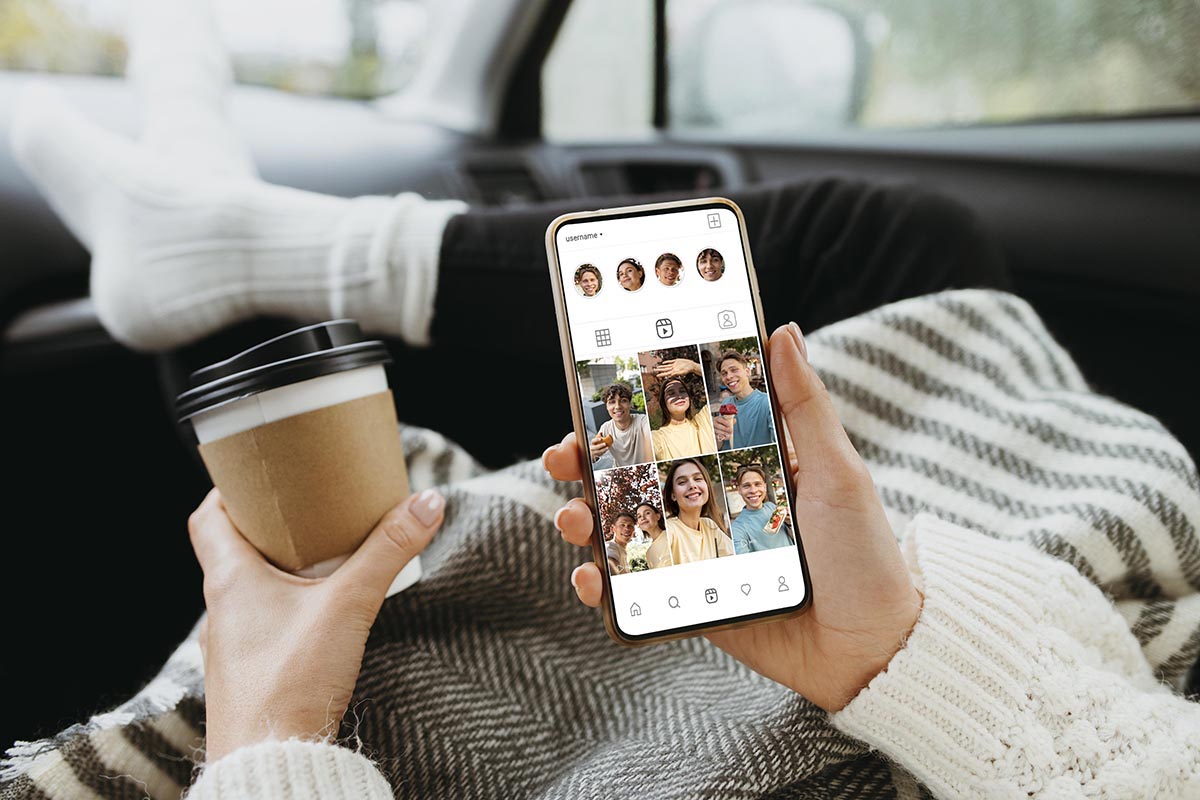Corporate Culture in the Workplace: Driving Success and Engagement
Key Points
Culture Drives Performance – Strong corporate culture leads to higher profitability, productivity, and employee engagement.
Shared Values Shape Work – Values, behaviors, and rituals form the foundation of how employees interact and succeed together.
Culture Attracts & Retains Talent – Organizations with intentional cultures stand out in recruitment, retention, and competitive advantage.
The most successful companies share a common thread: a strong, intentional corporate culture that permeates every aspect of their operations.
Research shows that organizations with engaged employees see 23% higher profitability and 18% higher productivity than their counterparts.
Corporate culture encompasses the shared values, beliefs, behaviors, and practices that define how work gets done within an organization.
It’s the invisible force that guides decision-making, shapes interactions, and ultimately determines whether employees thrive or merely survive in their workplace.
Understanding and actively shaping corporate culture has become essential for organizations seeking to attract top talent, retain valuable employees, and maintain competitive advantage.
This exploration reveals how various elements of corporate culture directly impact the daily workplace experience.
The Foundation of Corporate Culture
Core Elements That Define Culture
Every corporate culture in the workplace rests on fundamental building blocks that shape the employee experience.
Values serve as the north star, guiding principles that inform every decision and interaction within the organization.
Behaviors translate these values into action, creating predictable patterns of how people work together, solve problems, and celebrate successes.
The physical environment sends powerful signals about what the organization prioritizes, whether that’s collaboration, innovation, or individual focus.
Traditions and rituals, from weekly team meetings to annual celebrations, reinforce cultural norms and create shared experiences.
These elements combine to form the unique fingerprint of each organization’s culture.
Stated Culture vs. Lived Culture
The most critical distinction in corporate culture in the workplace lies between what organizations claim to value and what actually happens day-to-day.
Many companies display impressive mission statements and core values on their walls, yet employees experience something entirely different.
Authentic culture emerges from consistent actions, not aspirational statements.
When leaders regularly work late while preaching work-life balance, employees learn that the real culture values long hours over personal time.
This disconnect between stated and lived culture creates cynicism and disengagement.
Organizations must ensure their daily practices, policies, and leadership behaviors align with their proclaimed values.
Leadership’s Cultural Impact
Leaders cast long shadows that shape organizational culture through their actions, decisions, and priorities.
Every email sent, meeting conducted, and decision made sends cultural signals throughout the organization.
Middle managers play an equally crucial role, translating executive vision into daily reality for their teams.
Their interpretation and implementation of cultural values often determines whether culture initiatives succeed or fail.
Physical Environment and Workspace Design
The Psychology of Space
Office design profoundly influences how employees feel, interact, and perform their work.
Natural light boosts mood and productivity, while cramped, windowless spaces can drain energy and creativity.
Color psychology plays a subtle but important role, with blues promoting focus, greens reducing eye strain, and yellows encouraging creativity.
Even seemingly minor details like plant placement and artwork contribute to the overall psychological impact of the workspace.
Temperature, noise levels, and air quality directly affect cognitive performance and job satisfaction.
Organizations investing in optimal environmental conditions see measurable improvements in employee wellbeing and output.
Flexible Working Arrangements
The evolution of workplace design reflects changing attitudes toward how and where work happens best.
Modern organizations recognize that different tasks require different environments, and individual preferences vary significantly.
Some employees thrive in bustling co working spaces in Sydney CBD environments that offer networking opportunities and dynamic energy. Others need quiet, private spaces for deep focus work.
Progressive companies offer various workspace options, from quiet zones and phone booths to collaboration areas and relaxation spaces.
This flexibility acknowledges that one-size-fits-all approaches no longer serve diverse workforce needs.
Creating Values-Aligned Spaces
Physical spaces should embody and reinforce organizational values rather than contradict them.
A company promoting collaboration needs open areas for spontaneous interactions and well-equipped meeting rooms for planned discussions.
Organizations valuing innovation might include maker spaces, whiteboard walls, and flexible furniture that can be reconfigured for different projects.
Those prioritizing wellness incorporate standing desks, meditation rooms, and fitness facilities.
The key lies in intentional design that supports both cultural aspirations and practical work requirements.
Even organizations planning relocations with office movers Singapore services consider how their new space will better reflect and support their evolving culture.
Building Team Connections and Engagement
Fostering Meaningful Interactions
Strong workplace relationships form the backbone of positive corporate culture.
These connections go beyond professional courtesy to create genuine bonds that enhance collaboration and job satisfaction.
Regular face-to-face interactions, whether through structured meetings or casual conversations, build trust and understanding.
Virtual teams need intentional strategies to create similar connection opportunities through video calls and digital collaboration tools.
Organizations must create both formal and informal spaces for relationship building.
Coffee stations, communal lunch areas, and comfortable seating arrangements encourage the spontaneous interactions that often lead to innovation and problem-solving.
Strategic Team Building Initiatives
Effective team building transcends traditional trust falls and awkward icebreakers.
Modern approaches focus on shared experiences that naturally bring people together while accomplishing meaningful work.
Corporate functions Melbourne venues offer sophisticated options for team events that combine professional development with relationship building.
These might include innovation workshops, charity projects, or skill-sharing sessions that provide value beyond mere socializing.
The best team-building activities align with organizational values and goals.
A company focused on innovation might host hackathons, while one prioritizing community service could organize volunteer days.
Celebrating Achievements and Milestones
Recognition programs significantly impact employee engagement and cultural health.
Public acknowledgment of achievements reinforces desired behaviors and shows employees their contributions matter.
Celebrations need not be elaborate or expensive.
Simple gestures like handwritten thank-you notes, team shout-outs, or thoughtful corporate gifts can be more meaningful than generic rewards programs.
The key is consistency and authenticity in recognition.
Employees quickly see through hollow praise, but genuine appreciation for specific contributions builds loyalty and motivation.
Cross-Department Collaboration
Silos kill culture by creating competing tribes within the same organization.
Breaking down these barriers requires intentional efforts to connect people across departments and hierarchies.
Cross-functional projects provide natural collaboration opportunities while advancing business goals.
Rotation programs expose employees to different areas of the business, building empathy and understanding.
Social events that mix departments, shared learning initiatives, and collaborative workspaces all contribute to a unified culture rather than fragmented subcultures.
Professional Development and Growth Mindset
Cultivating Continuous Learning
Organizations with learning-oriented cultures view skill development as an ongoing journey rather than occasional training events.
This mindset encourages experimentation, curiosity, and adaptation to change.
Providing diverse learning opportunities, from formal courses to peer teaching sessions, demonstrates investment in employee growth.
Access to books, online courses, and conference attendance shows commitment to continuous improvement.
Learning cultures also normalize asking questions and admitting knowledge gaps.
This psychological safety enables faster skill acquisition and innovation.
Coaching and Mentorship Programs
Structured development programs accelerate professional growth while strengthening cultural bonds.
Mentorship relationships transfer both technical knowledge and cultural wisdom from experienced employees to newcomers.
Professional coaching, including specialized approaches like NLP coaching Melbourne, helps individuals overcome limiting beliefs and develop leadership capabilities.
These investments in human potential pay dividends through improved performance and engagement.
Peer coaching circles create supportive communities where employees help each other navigate challenges and achieve goals.
This collaborative approach to development reinforces cultural values of mutual support and collective success.
Innovation and Intelligent Risk-Taking
Cultures that punish failure stifle innovation and create risk-averse employees who stick to safe, proven approaches.
Progressive organizations celebrate intelligent failures as learning opportunities.
This requires clear distinction between reckless mistakes and thoughtful experiments that didn’t achieve desired outcomes.
Post-project reviews should focus on lessons learned rather than blame assignment.
Creating “safe to fail” spaces where employees can test ideas without career consequences encourages the experimentation necessary for breakthrough innovations.
Practical Steps for Culture Enhancement
Conducting Culture Assessments
Understanding current culture requires systematic assessment using multiple data sources.
Employee surveys provide quantitative insights, while focus groups and interviews reveal nuanced perspectives.
Observation of actual behaviors, meeting dynamics, and decision-making processes often reveals more than formal assessments.
External consultants can provide objective perspectives that internal observers might miss.
Regular pulse checks track cultural health over time, identifying emerging issues before they become systemic problems.
This data-driven approach enables targeted interventions rather than generic culture initiatives.
Implementing Incremental Changes
Cultural transformation doesn’t require dramatic overhauls.
Small, consistent changes often prove more sustainable and effective than revolutionary approaches.
Starting with pilot programs in receptive departments allows organizations to test and refine initiatives before company-wide rollout.
This reduces risk and builds momentum through early successes.
Quick wins build confidence and demonstrate that change is possible.
Simple improvements like better meeting practices or enhanced communication tools can catalyze broader cultural shifts.
Employee-Driven Culture Building
Top-down culture initiatives often fail because they lack employee buy-in and relevance to daily work life.
Involving employees in culture design ensures initiatives address real needs and concerns.
Culture committees with rotating membership give employees direct influence over cultural evolution.
These groups can propose initiatives, organize events, and serve as culture ambassadors within their departments.
Grassroots movements often prove more powerful than executive mandates.
Supporting employee-led initiatives demonstrates trust and reinforces cultural values of empowerment and ownership.
Measuring Cultural Progress
Quantifying culture might seem impossible, but several metrics indicate cultural health.
Employee engagement scores, retention rates, and productivity measures all reflect cultural strength.
Customer satisfaction often correlates with positive internal culture, as engaged employees deliver better service.
Innovation metrics like new product development or process improvements indicate whether culture supports creative thinking.
Regular measurement enables course correction and demonstrates ROI for culture investments.
This data helps maintain executive support for ongoing culture initiatives.
Maintaining Culture Through Transitions
Organizational changes like mergers, leadership transitions, or rapid growth can destabilize carefully cultivated cultures.
Proactive planning helps preserve cultural strengths while adapting to new realities.
During relocations, partnering with experienced professionals ensures minimal disruption to established cultural practices.
Clear communication about what will change and what remains constant reduces anxiety.
New employee onboarding plays a crucial role in cultural continuity.
Comprehensive orientation programs that emphasize cultural values and behaviors help newcomers integrate quickly while maintaining cultural integrity.
The Ongoing Journey of Culture Building
Corporate culture profoundly shapes every aspect of the workplace experience, from daily interactions to career trajectories.
Organizations that intentionally cultivate positive cultures create environments where employees flourish professionally and personally.
The elements explored here—physical environment, team connections, professional development, and systematic culture building—work synergistically to create distinctive workplace experiences.
No single initiative transforms culture; rather, consistent attention to multiple factors creates lasting change.
Building strong corporate culture requires ongoing commitment, not one-time initiatives.
As organizations evolve, their cultures must adapt while maintaining core values that define their identity.
This balance between stability and flexibility enables organizations to navigate change while preserving what makes them unique.
The investment in corporate culture pays dividends through improved employee engagement, enhanced innovation, stronger customer relationships, and superior financial performance.
Organizations that prioritize culture create competitive advantages that are difficult for competitors to replicate.
Every employee influences corporate culture through their daily actions and interactions.
By understanding how culture shapes workplace experience, individuals can actively contribute to creating environments where everyone thrives.
The journey toward exceptional corporate culture begins with recognition that culture isn’t something an organization has—it’s something an organization is.























